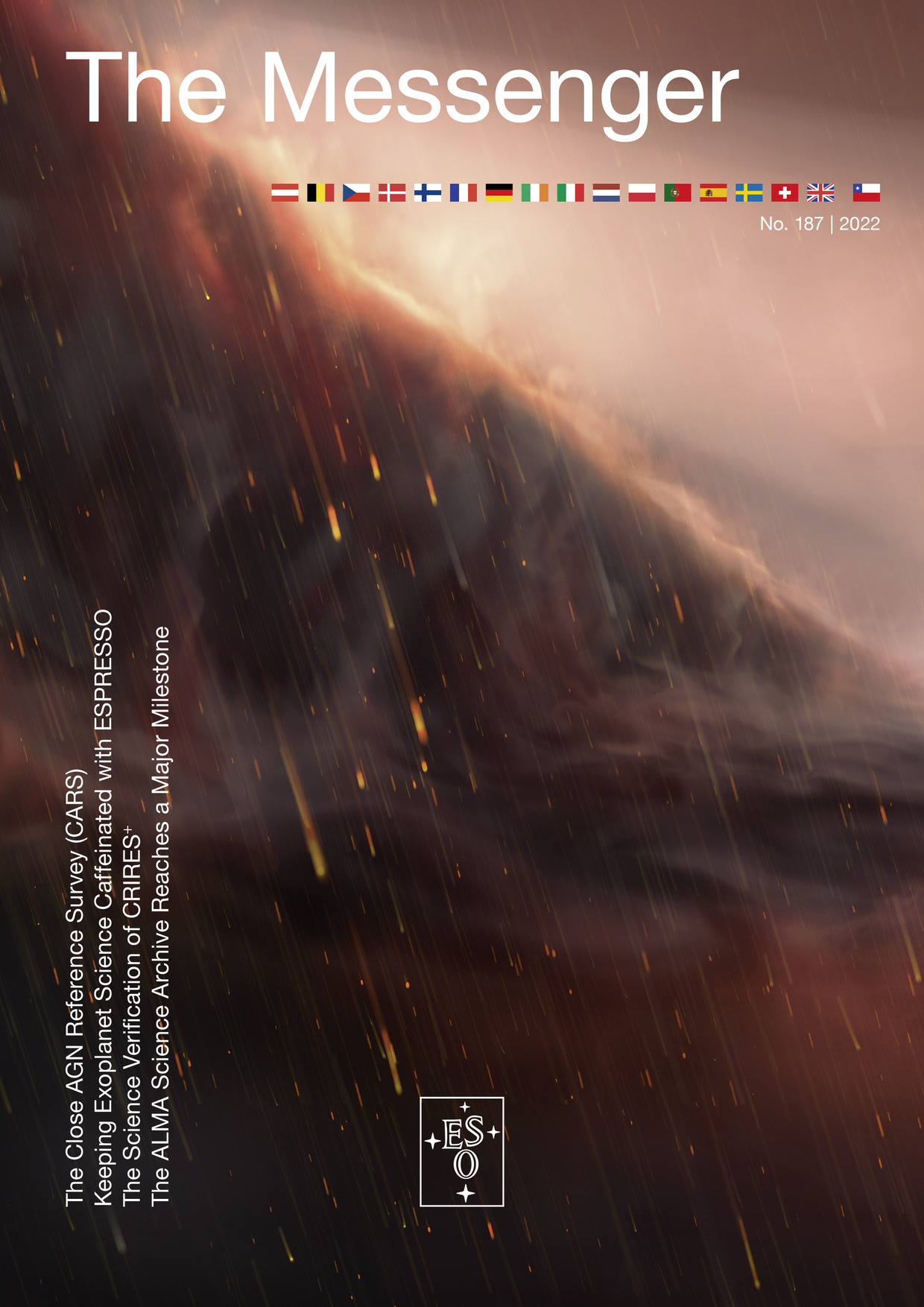
European
Southern
Observatory
The Messenger

The Messenger is ESO’s journal for science and technology. It serves as a link between ESO and its broad astronomical community by providing information about scientific, technical, and other developments. It also delivers relevant news about astronomy and astrophysics to a broader public, including policy-makers, government officials, journalists, teachers, and amateur astronomers, as well as to interested scientists from other fields.
The Messenger is published twice per year and is available for free download as a PDF here and via the digital publishing platform Scribd.

Highlights include: